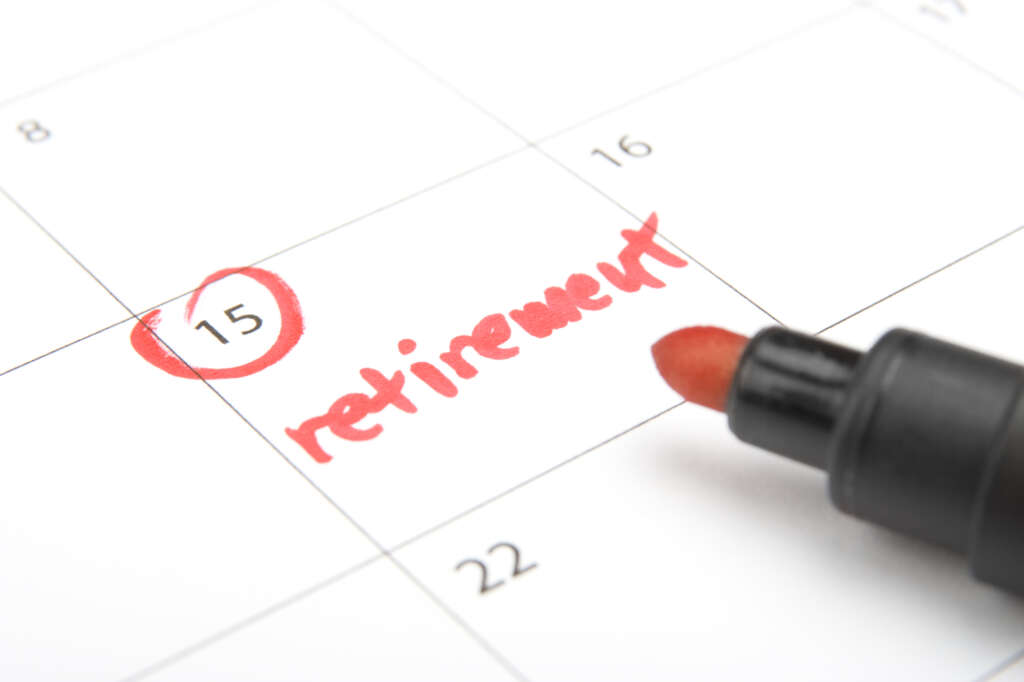
Back in the day working for/retiring from the government was a piece of cake. Sort of.
You got a job, stuck with it 20, 30 or 40 years. Then retired under the old Civil Service Retirement System (CSRS) program.
Your annuity was for life. Same for your spouse. The monthly annuity was largely protected from inflation. And based on length-of-service and salary. Easy. If you were a lifer. But most aren’t! Fewer than half the people who join government retire from it. Maybe less than that!
The problem with the old CSRS program, Congress decided, was that it cost the taxpayers too much money. And was designed for lifers, even though most people who take government jobs don’t stay long enough to qualify for an annuity. And their government service didn’t count toward Social Security.
So, Congress designed the Federal Employees Retirement System (FERS) program. FERS has a less generous retirement benefit. But it has a more generous TSP option, with a 5% match. And its portable for the majority of people who are in-and-out of government with its TSP and Social Security components. And it covers members of Congress, so it’s better than most in the private sector. But FERS is a hands-on operation. Your hands!
CSRS was an automatic pilot vehicle. Maybe the best nonexecutive retirement plan in the country. But it’s gone. And you are still here. Probably under FERS. Period!
FERS requires some-to-considerable thought and work from those who want to maximize their total retirement benefits. By some estimates, the TSP will provide anywhere from one-third to one-half of the pre-tax income to folks retiring under it.
So we called on Abraham Grungold. He’s a full-time fed, part-time financial coach who has done very, very well with his TSP. His motto is “Knowledge is Power regarding your FERS and TSP.” He wrote the following basic tip sheet. This may be a keeper:
Federal employees are given documents from their respective agencies that are required to understand human resource policies, travel regulations, ethics policies and federal regulations. In addition, they need to recognize workplace fears and cyber security threats. However, federal employees need to seek out the information on their own pertaining to their FERS retirement and Thrift Savings Plan (TSP).
So, how can federal employees acquire the basic information to help them comprehend their FERS retirement and grow their TSP? You do not need to spend an exorbitant amount of time to feel secure with these topics. It is never too early in your federal career to start exposing yourself to the vast amount of available information found on the OPM website and the TSP website. It is beneficial for you to familiarize yourself with the basics, so you do not feel overwhelmed with TSP financial decisions as well as reaching certain FERS retirement milestones. Below are my top five sources that I find useful when I research FERS and TSP issues. Some are free and some require purchasing a book or a membership.
- TSP newsletter: TSP performance and changes. Free. (tsp.gov)
- TSP webinars: TSP informative topics. Free. (tsp.gov)
- Federal News Network: FERS and TSP articles. Free. (federalnewsnetwork.com)
- Fed Week-FERS Retirement Planning Guide. $13.95 (fedweek.com)
- AARP newsletter-IRS and Medicare updates and regulatory changes. For ages 50 and above. Membership fee. (www.aarp.org)
My clients have many questions regarding their FERS retirement and their TSP account. Each person has their own individual needs and concerns. For example, a single person will have different needs compared to a married couple with children. You need to factor in all the external variables for a plan of action to have a successful FERS retirement and TSP. On the long road to retirement, many of these decisions can empower you and add hundreds or even thousands of dollars to your retirement.
Find my website at Abraham Grungold – AG Financial Services or my Facebook page at FERS Federal Employees.
Nearly Useless Factoid
By Alazar Moges
The infamous “Halloween” Michael Myers mask was actually created from a mask of William Shatner’s Star Trek character Captain Kirk. Lee Wallace, the production designer and editor on the original film, purchased the Captain Kirk mask at a store in Hollywood. He then altered the mask by making the eye holes bigger, dying the hair darker, and painting the face white.
Source: Business Insider


Comments are closed.